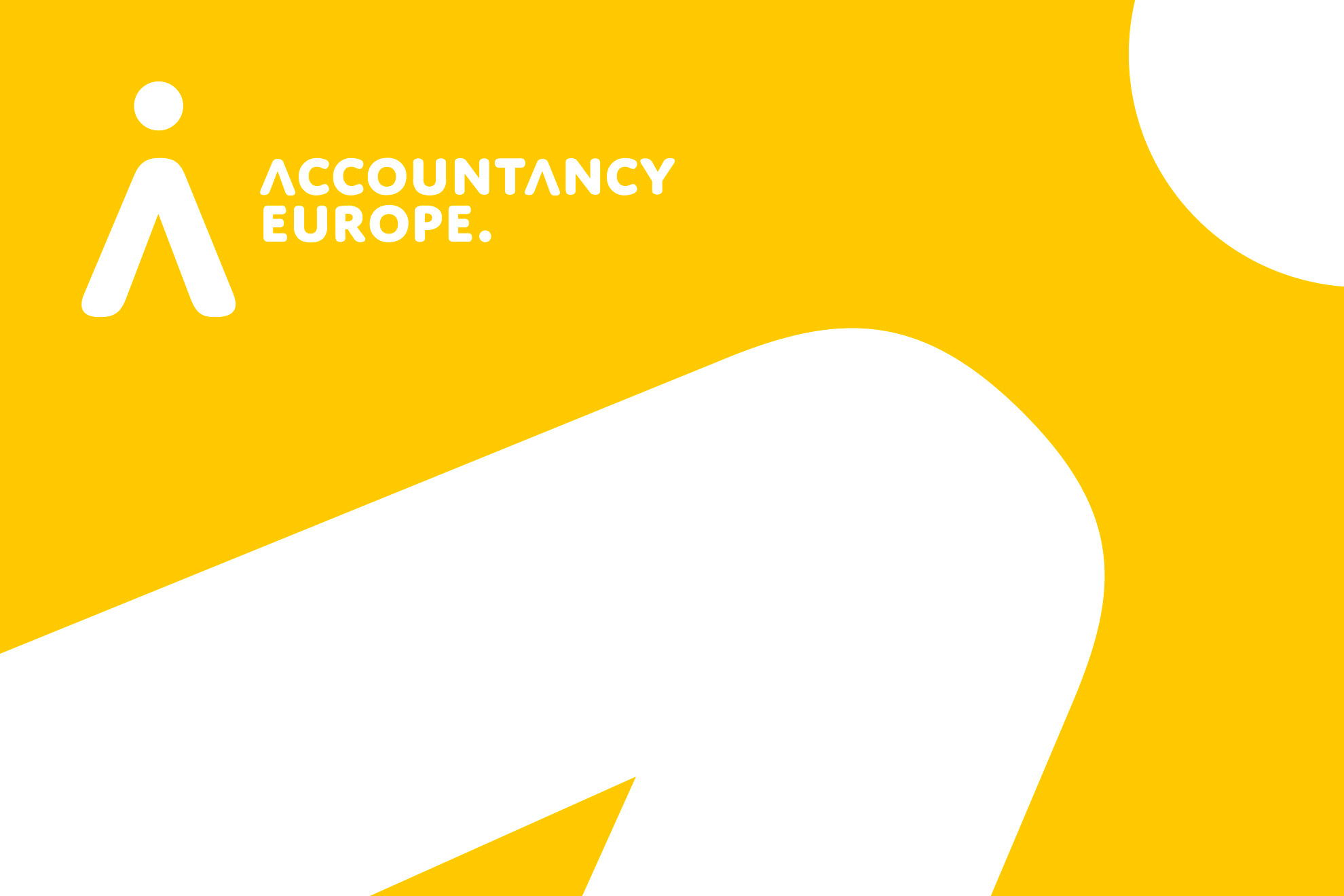6 December 1999 — Publication

FEE conducted a survey through the European Union businesses on the new “common system” of VAT proposed by the European Commission in July 1996.
The first and second parts of the study investigate the views and the opinions of the business community on the general concept of the Commission’s work programme and the broad format of the new origin system. This also with the purpose to involve traders in the technical work of the Commission in the formulation of the different proposals laid down in the programme, so that the proposals are best matched to businesses’ needs and to reduce businesses’ costs in VAT compliance within the EU.
In particular, the main objectives of the research were:
-gather the reaction of a broad business environment,
-make widely known the contents of the Commission’s proposals,
-obtain business’ views of the benefits of the “Common System” compared to the existing “transitional system”,
-identify whether the “transitional system” is holding back the development of the single market,
-determine whether the existing regime is more of a hindrance to smaller businesses than to larger ones in their developments outside of their own national boundaries.
The third part of the report focuses on some specific significant difficulties of the present VAT System: VAT treatment of holding companies and the VAT treatment of software between EU States.
In relation to the VAT treatment of software, it is clear that significant differences between EU Member States still exist. FEE calls for urgent attention on the differences related to whether a supply of software is defined as being a supply of goods or of services (especially in the case of the licensing of software) and the burden of proof for exemption when software is exported.